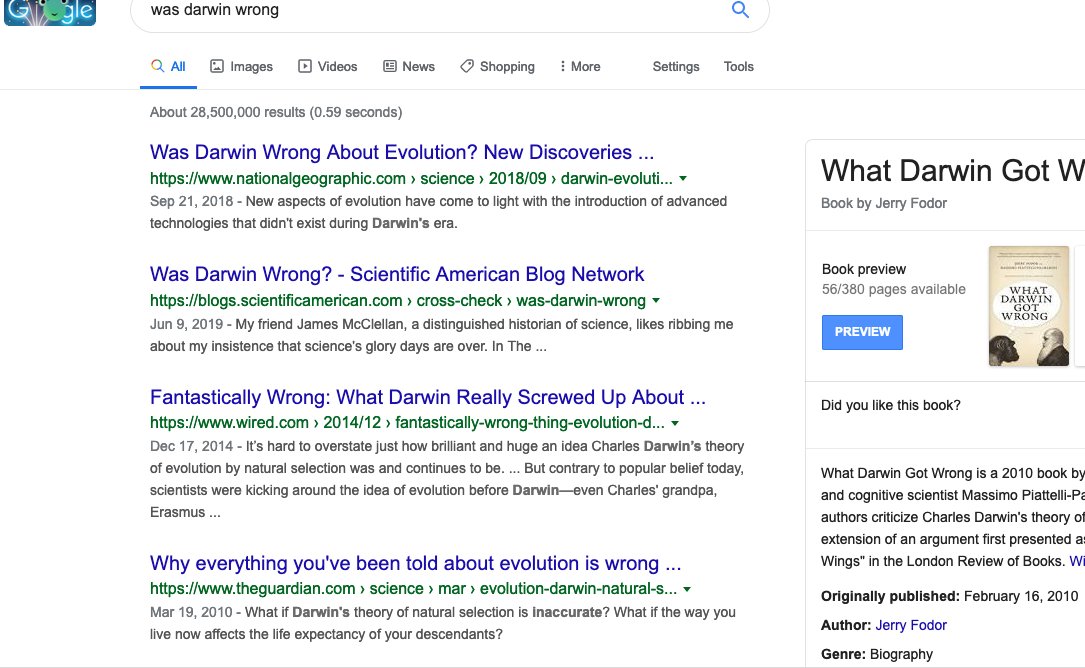1/
2/
3/
4/
5/
All of which exist at the South Pole.
6/
7/
You drill a hole! That's where we come in.
9/
10/
11/
12/
13/
(Hint: it involves someone looking down into the hole while wearing a hard hat without a chin strap)
15/
The NSF has funded an upgrade to IceCube, called IceCube Upgrade (who could've guessed?) that will drill 7 additional holes during the 2022/2023 season.
19/
20/
21/
22/
23/
24/
icecube.wisc.edu @uw_icecube
26/26



















